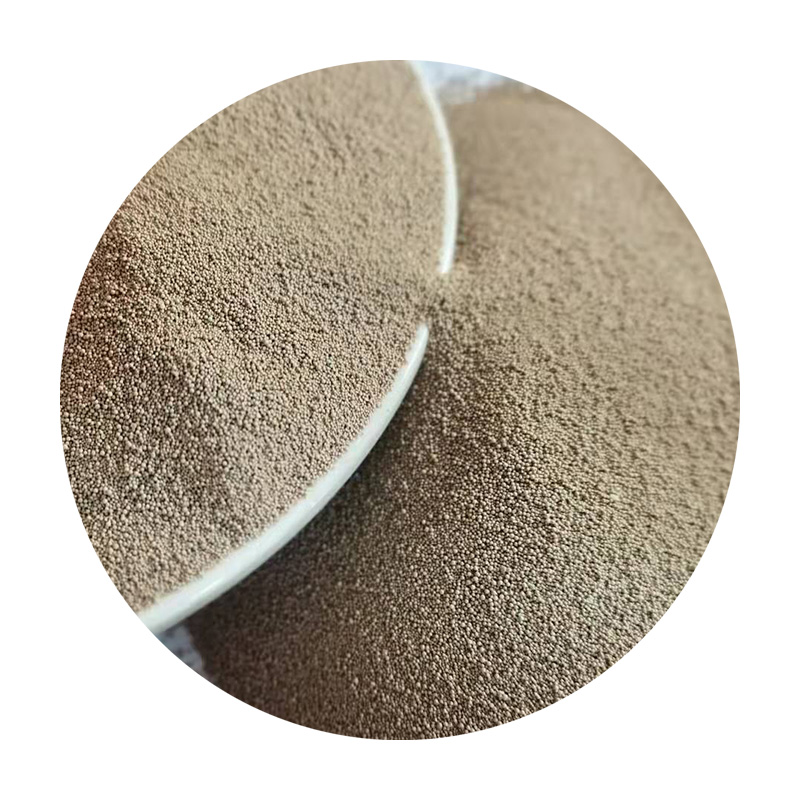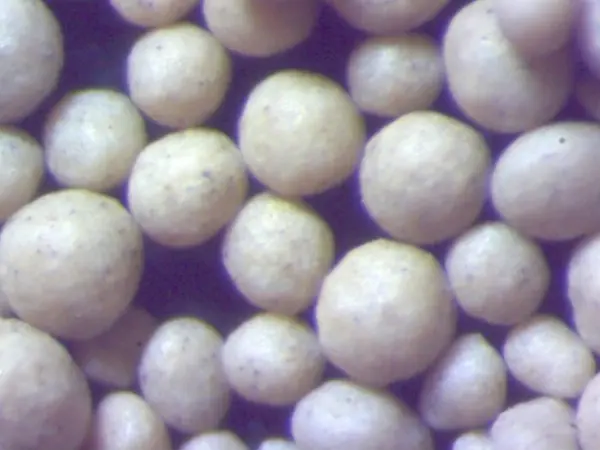

Another aspect of sanding clear resin is safety. Always ensure that you are working in a well-ventilated space and wearing protective gear such as masks and safety goggles. This not only protects your respiratory system from fine dust particles but also safeguards your eyes during the process. For those seeking a professional finish, investing in high-quality tools and materials is essential. While hand sanding can work for smaller, hobbyist projects, using a power sander with variable speeds can provide consistency needed for larger, commercial items. Mastering the use of these tools not only speeds up the process but also contributes positively to the overall quality of your work. Expertise in sanding clear resin comes with practice and experience. Understanding the idiosyncrasies of different resin types, their reactions to various sanding techniques, and the subsequent impacts on finish quality are all part of developing a rounded skill set in this area. With time and careful experimentation, you’ll gain the authority to troubleshoot challenges and ensure the credibility of your finished pieces. Building trustworthiness in your resin products and projects begins with mastering the basics, such as proper sanding and finishing techniques. This not only reflects in the end product but also bolsters your reputation as an artisan skilled in the medium. Ultimately, achieving a pristine clear resin finish is more than just about technique; it’s about demonstrating the commitment to quality that defines true craftsmanship in the field. Post time:Februari . 11, 2025 14:13
Next:sanding casting resin
